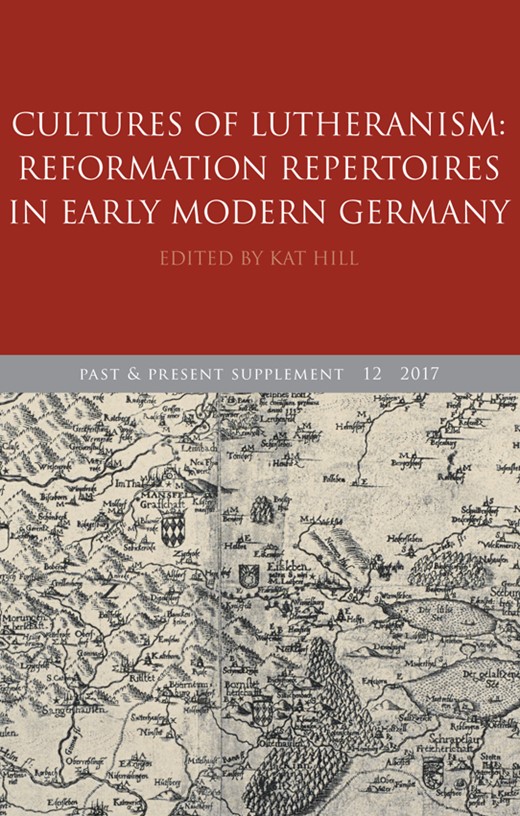-
Views
-
Cite
Cite
Róisín Watson, Funeral Monuments, Ritual and Print: Strategies of Memorialization at the Württemberg Court, Past & Present, Volume 234, Issue suppl_12, November 2017, Pages 139–164, https://doi.org/10.1093/pastj/gtx050
Close - Share Icon Share
Extract
I
INTRODUCTION
In 1596 Martin Crusius recorded in his chronicle an intriguing image he had encountered in a small town in the Duchy of Württemberg, south-west Germany:
This was an epitaph for Catholic Priest Emerich Emhart erected in 1525.2 Although it no longer exists, the object proved resilient in the sixteenth century. It not only survived the Württemberg Reformation in 1534 and its subsequent iconoclasm, but also the dismantling of the old hospital in Brackenheim and the construction of a new building. The Catholic epitaph, however, was not without its incongruities. Crusius continued: ‘Amongst many other evangelical aphorisms [written on the panel] this one can also be read: ‘My Salvation’ is [written] in the wounds of Christ’.3In the new hospital in Brackenheim stands the Holy Trinity painted onto a panel, upon which the Father and Son place a crown upon the Virgin Mary, and the Holy Ghost, in the form of a dove, appears above her. At the bottom of the painting, on the right-hand side, a priest in a cassock depicts himself with a slip of paper upon his head. On this [paper] stand these words: O Holy Trinity, only God, have mercy upon me!1




